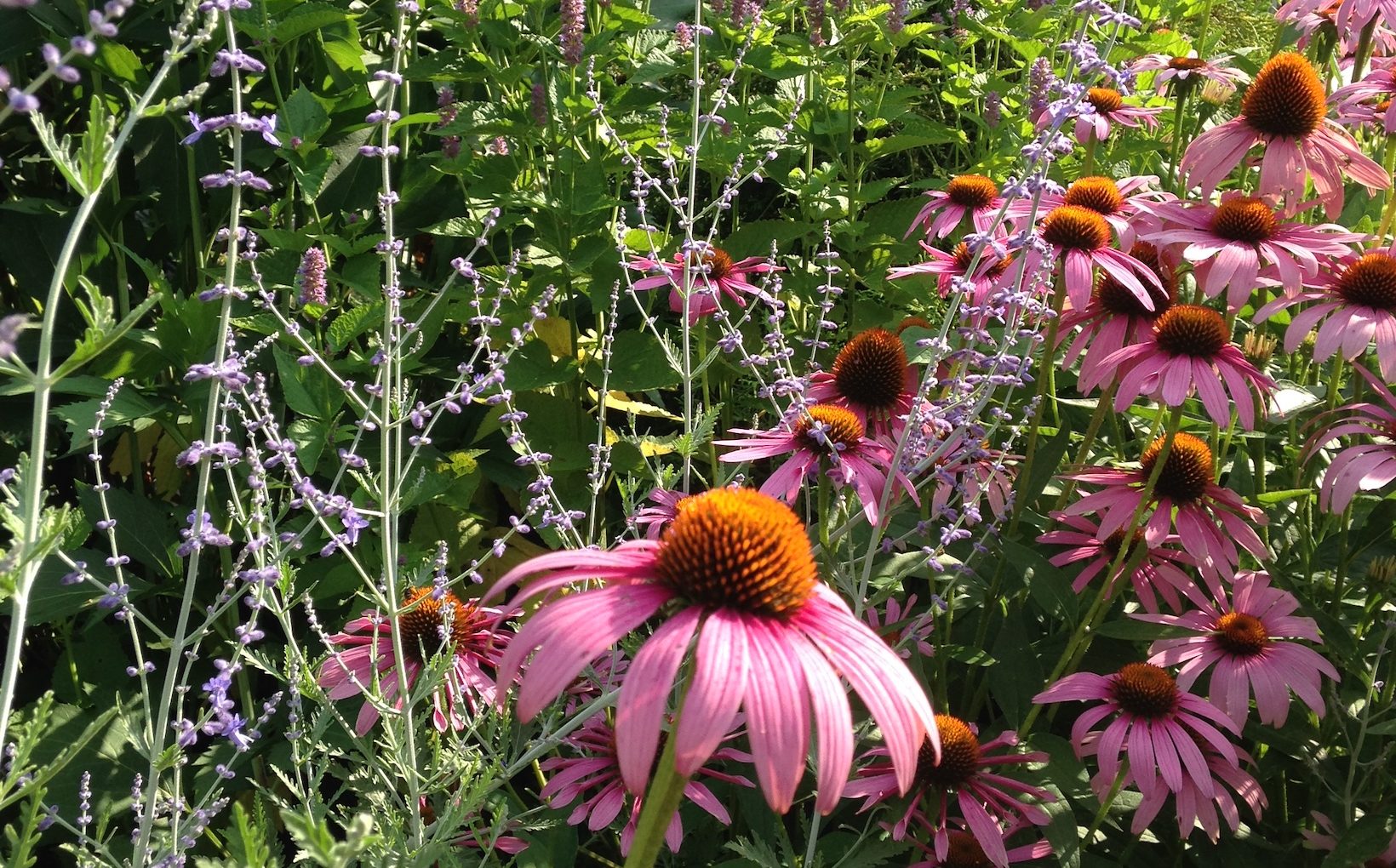How Do I Incorporate Native Perennials And Wildflowers Into My Garden Design?
If you're someone who loves gardening and is looking for new plant options to add to your garden, then you're in luck! We've researched and found some beautiful native perennials that are perfect for Midwestern gardens.

Name and Description of Native Perennials
Here's a list of some native perennials that will be a stunning addition to your garden:
1. Coneflower (Echinacea)
These are stunning flowers that bloom from summer to fall. They come in a variety of colors, including pink, purple, yellow, and white. Coneflowers are also drought-tolerant and low-maintenance, which makes them a perfect addition to your garden.
2. Beardtongue (Penstemon)
The beardtongue is a beautiful plant that comes in various shades of pink and purple. It's perfect for planting in dry conditions and well-drained soil. The beardtongue also attracts hummingbirds and bees, making it a great addition to your garden if you're looking to attract pollinators.
3. Wild Indigo (Baptisia)
This plant has stunning blue-purple flowers that bloom early in the spring. Apart from its gorgeous flowers, it's also functional in a garden since it fixes nitrogen in the soil, which is a vital nutrient for plants. Wild indigo is also deer-resistant and drought-tolerant, making it easy to maintain.
4. Black-eyed Susan (Rudbeckia)
Black-eyed Susans have golden-yellow petals with a dark center. These perennials can grow up to 3-4 feet tall and are drought-tolerant, low-maintenance, and great for attracting pollinators.
5. Wild Bergamot (Monarda)
This plant produces stunning pink to violet flowers that look like fireworks in your garden. Wild Bergamot is perfect to have in your garden near your patio or deck as their lovely scent will be enjoyed by all.
6. Butterfly weed (Asclepias)
Butterfly weed is not only great for attracting butterflies, but it's also deer-resistant and drought-tolerant. It produces beautiful orange flowers and grows to be about 2-3 feet tall.
Tips for Growing Native Perennials
Here are some tips for growing these beautiful native perennials:
1. Plant in the right location
As with any plant, it's vital to plant native perennials in the right location where they can grow properly. Make sure you choose a spot that has the appropriate amount of sunlight, shade, and soil type.
2. Water enough but not too much
It's crucial to water your native perennials as per their needs. Make sure they get enough water, but don't waterlog them as well-drained soil is vital for most native perennials.
3. Prune as necessary
Pruning your native perennials regularly will help promote growth and prevent diseases. Make sure to prune the right way, and at the right time (Spring or Fall).
4. Mulch around plants
Adding mulch around your plant will help maintain an ideal soil moisture level around the plant. Mulch also helps to keep the soil temperature regulated, which is also vital for proper growth.
5. Plant more than one
To ensure proper pollination occurs, it is recommended that you plant more than one of each native perennial. Plus, if one plant doesn't survive, you'll still have more to enjoy.
Adding these stunning native perennials to your garden will not only add a beautiful contrast color and texture but will also attract pollinators and be low maintenance. We hope you enjoy these Midwestern beauties as much as we do!



